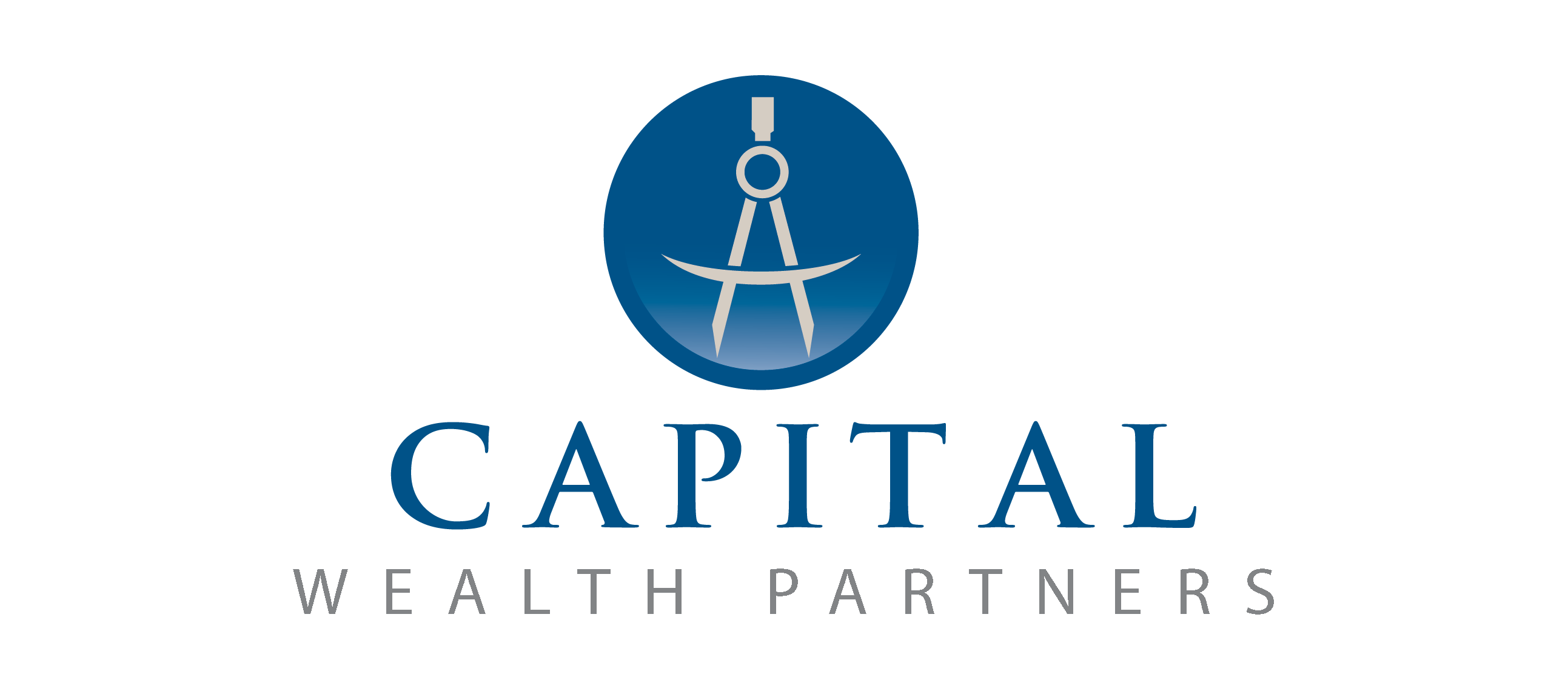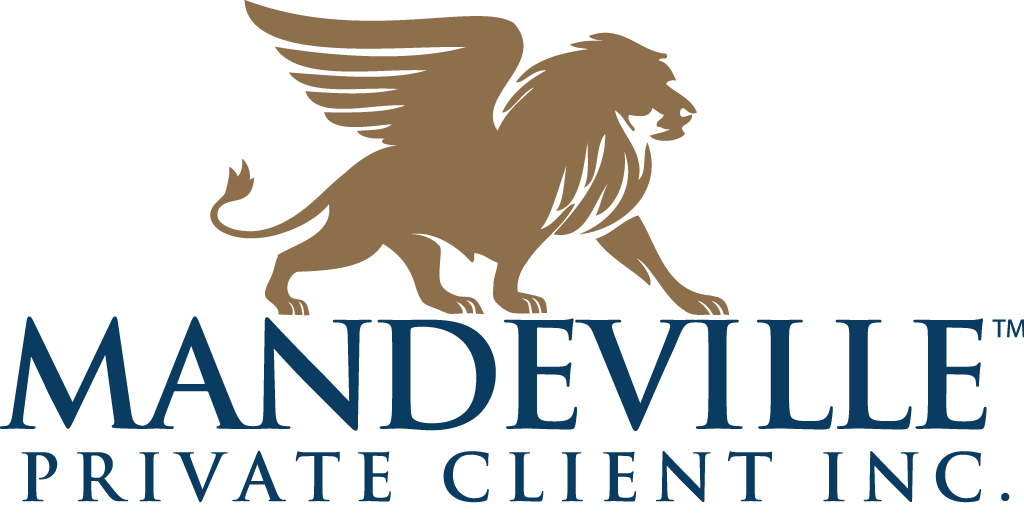The 1% Solution – A Proven Corporate Insurance Strate

Your company is an operating company or an investment holding company. It has retained profits or surplus cash that is not paid to you, since you do not need the income. Your corporation invests the cash in a balanced portfolio including a traditional fixed income component, which you earmark for your heirs or favourite charity. You want a financial planning strategy that will reduce taxes annually and increase the funds available when you die.
Your success has allowed you to acquire property that may include registered assets, a family home, vacation and investment properties and non-registered investments and private corporation shares. You have already paid plenty of taxes throughout your lifetime. You recently learn that a substantial amount of capital will be needed to fund future tax liabilities that will arise when you and your spouse pass away and leave your estate to the next generation. This has become a great concern.
Furthermore, In the last 15 years, many tax and corporate rules have changed including the following:
- Imposition of new income sprinkling restrictions amongst family member shareholders effective 2018.
- $50,000 threshold on passive investment income a year in a corporation after 2018. That said, the formula to calculate the business limit reduction will be: 5 x (aggregate investment income – $50,000) The business limit is reduced to zero when aggregate investment income reaches $150,000. Result, tax rate of 12.2% increased to 26.5%.
- The conversion of income into capital gains and the proposed measures to limit access to the Lifetime Capital Gains Exemption will not be included.
- The top personal income tax and dividend tax rates continue to rise i.e., 53.53% and 47.74%. 10 years ago, personal tax rates were 46.41% and 31.34% respectively. A huge increase in tax.
- Furthermore, for the next generation to access any cash from corporate assets a further dividend tax of up to 47.74% (top rate) will be assessed on the income.
In this scenario, our client has a large investment portfolio held inside his corporation ($4M). In a recent meeting the we touched on a few areas of concern:
- Wealth creation inside the corporation – the $4M was held primarily in a balanced portfolio including government/corporate bonds and GIC’s.
- Opportunities to reduce the amount of tax-payable while living.
- Funding future capital gains taxes & estate liabilities that will arise at death.
- Creating a mechanism to move funds out of the corporation tax as efficiently as possible on death.
Insurance was discussed and became a viable solution however our client did not want to erode the $4M of capital. This was retained for emergencies, opportunities and peace of mind.
To start the conversation, we discussed The 1% Solution as a strategy. We illustrated a scenario showing the effects of reallocating only 1% of the investment portfolio each year from the current corporate investment strategy into a Corporate Estate Bond strategy.
- The 1% ($40k x 10 years) was funded entirely from the growth of the portfolio by using the return of capital and ensured that we were not eroding the $4M.
- The total deposit is $400,000 over 10 years. This allows our client to keep his/her total portfolio intact and only pull from some of the growth from the fixed income portion (we assume the investments are earning more than 1%).
We’re not eroding the $4M but is this a good use of the capital?
- We then compared the insurance (growing tax deferred) to the bond’s growing (tax payable annually) in the corporation.
- At life expectancy (year 41) the insurance policy results in a $1.9M net estate value (using a current dividend scale -1%) compared to only $514k if he stays the course with the traditional fixed income investment (bonds/GIC’s).
Evidently the life insurance strategy provides an opportunity to control the erosion of the corporate assets due to taxes and offers an enhanced strategy to transfer corporate assets for the benefit of the family and also reduce significant taxes during the accumulation years.
This information is general in nature however uses accurate current rules/calculations. To learn more about this and other planning strategies using life insurance, please contact us.
Written By: Shawn Ryan






